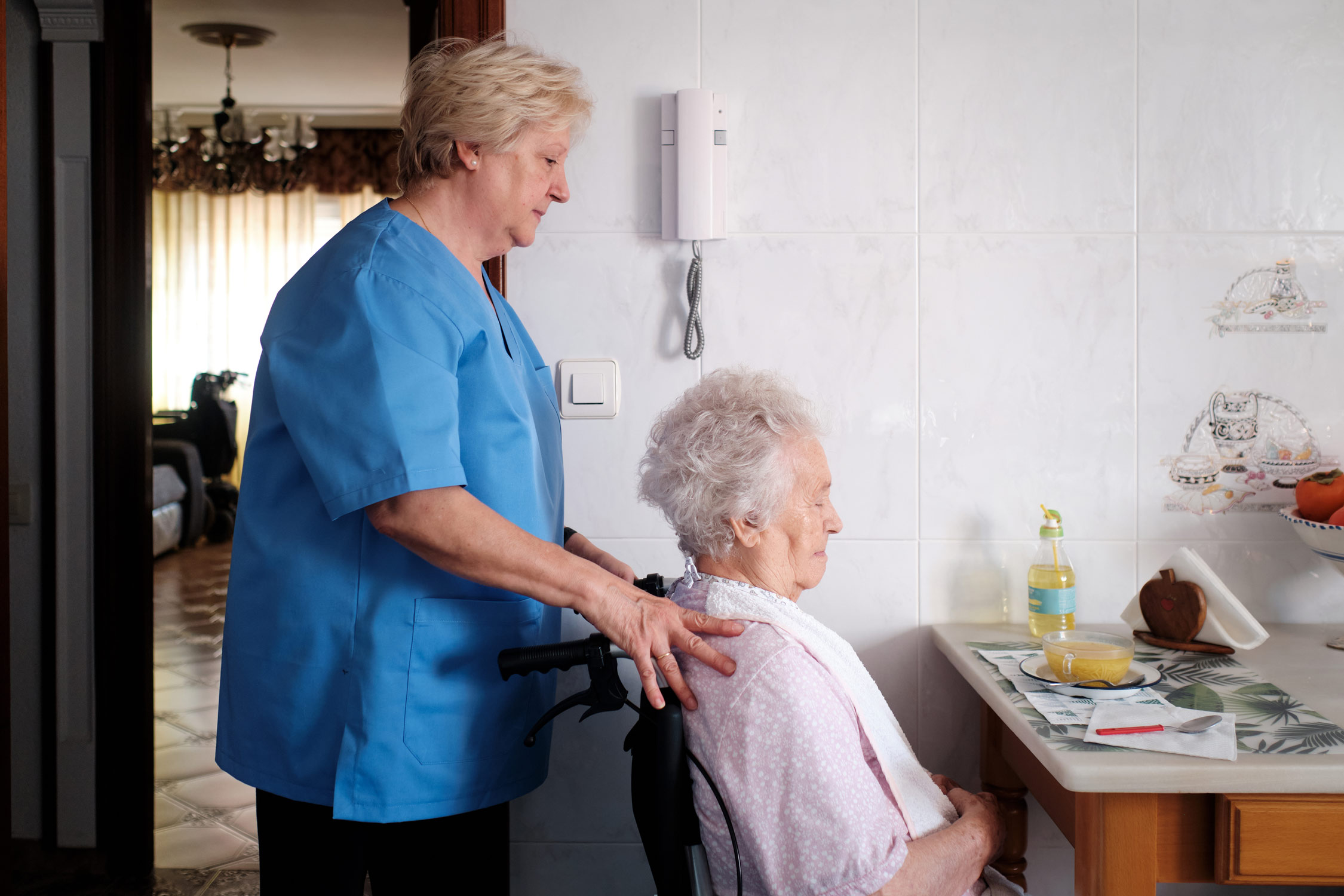In senior living communities, the kitchen plays a crucial role in promoting independence, well-being, and social interaction among residents. Thoughtful kitchen design can enhance safety, accessibility, and overall functionality for older adults while creating a warm and inviting space. This article explores key considerations and design elements that contribute to effective kitchen design in senior living communities.
- Accessibility and Safety
A primary focus of kitchen design in senior living communities is ensuring accessibility and safety for older adults. Implementing the following features can greatly enhance usability and reduce the risk of accidents:
a) Lowered Countertops: Adjustable or lowered countertops accommodate residents who use wheelchairs or have limited mobility, enabling them to comfortably prepare meals and engage in culinary activities.
b) Lever-Style Faucets: Replacing traditional knobs with lever-style faucets makes it easier for seniors with arthritis or limited hand dexterity to control water flow and temperature.
c) Ample Lighting: Well-lit kitchens with natural and artificial lighting help improve visibility, reducing the likelihood of accidents and making it easier for seniors to perform tasks.
d) Non-Slip Flooring: Choosing slip-resistant flooring materials is essential to prevent falls, especially in areas prone to spills, such as near sinks and stoves.
- Functional Layout
An efficient and well-planned kitchen layout is essential for senior living communities. Consider the following design principles:
a) Clear Pathways: Wide, unobstructed pathways between kitchen elements and appliances allow for easy navigation, even with mobility aids or wheelchairs.
b) Work Triangle: Incorporating the classic work triangle concept (connecting the sink, refrigerator, and cooktop) ensures efficient movement within the kitchen, reducing unnecessary steps and potential strain.
c) Storage Solutions: Ample and accessible storage is crucial to prevent clutter and make it easier for seniors to find and reach items. Pull-out shelves, lazy susans, and adjustable-height cabinets can greatly enhance convenience and organization.
d) Ergonomic Appliances: Selecting appliances with user-friendly features, such as easy-to-read controls, large handles, and front-mounted controls, promotes safety and ease of use.
- Socialization and Community
Senior living communities strive to create an environment that encourages social interaction and a sense of community. The kitchen can serve as a central gathering space, fostering connections among residents. Consider the following design elements:
a) Open Layout: An open kitchen design allows for visual and verbal interaction between the kitchen and living areas, enabling residents to socialize with each other or with visiting family and friends while meals are being prepared.
b) Multi-Height Countertops: Incorporating countertops at different heights encourages engagement by accommodating individuals who prefer to sit, lean, or stand while interacting with others in the kitchen.
c) Common Dining Area: Adjacent to the kitchen, a communal dining area provides a space for residents to enjoy meals together, fostering a sense of community and promoting socialization.
d) Kitchen Activities: Designing kitchen spaces with cooking classes, demonstrations, and other culinary activities can engage residents and offer opportunities for learning and social interaction.
Conclusion
Kitchen design in senior living communities should prioritize accessibility, safety, functionality, and socialization. By incorporating elements such as adjustable countertops, lever-style faucets, ample lighting, and ergonomic appliances, designers can create kitchens that support the independence and well-being of older adults. Additionally, thoughtful layouts, storage solutions, and communal dining areas contribute to a sense of community and social interaction among residents. With careful consideration of these aspects, senior living communities can create welcoming and functional kitchen spaces that cater to the unique needs of older adults.


